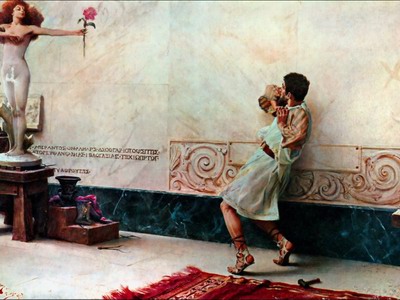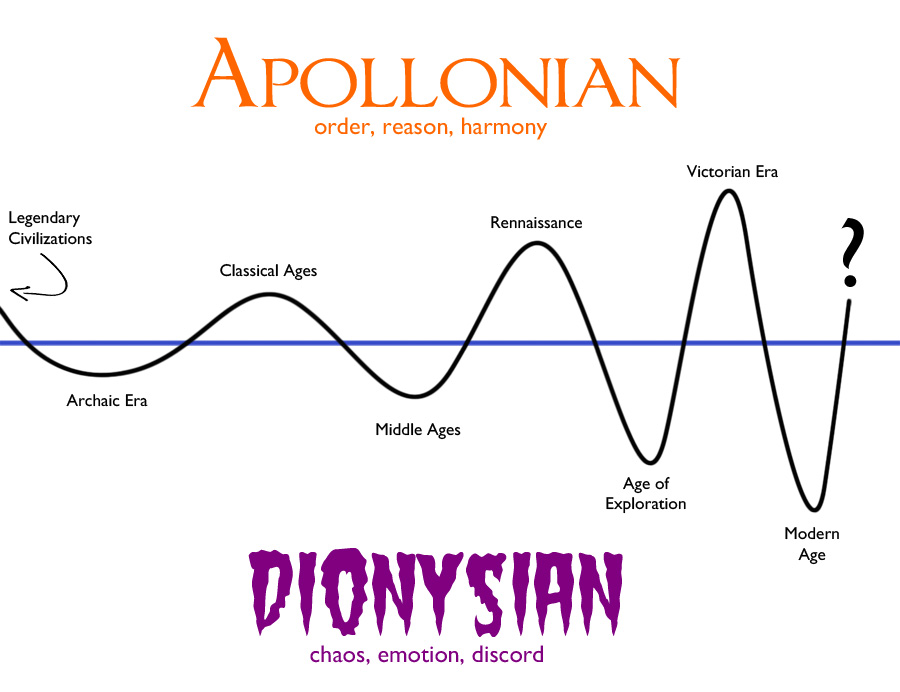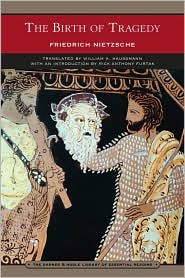
Short’s IF “brings” to life the character Galatea from the Greek myth where she is a statue or work of art that comes to life. Talk about metatextual experience. Besides the differential process of taking an oral myth transcribed to written text adapted to painted rendition encoded to interactive fiction, what is Short doing here? To what extent are our questions as an audience/critic character to Galatea reflective of our own attitudes and sentiments to art in general? What is revealed about us in the way the narrative unfolds? How does the fact that our primary interface with Galatea is through interrogation reflect on the critic’s/audience’s over all approach to art? Given that the Muses in Greek mythology were all female and we have kept them as such since, what role does Galatea’s femininity play in our gaze and subsequently in our database of possible scenarios? What roles is Galatea capable of playing out for us and what does that reflect about Short or her agenda? Besides critic, what role are “we” playing? Why does Short have the artist commit suicide after rejecting her? How does Freud’s uncanny valley fit in to this? Is it more than that? How does art reflect its creator? And if the art can simulate life and consciousness, then what does that mean about the human creator behind it? Why is this a source of despair? How does it play into Dionysus’ as god of illusion and masks and anarchy and insanity? Why does this god lurk below Apollo’s deification of insight, wisdom, vision, prophecy? (HINT: Some of this is answered more clearly by using the cheat sheet for “Wizard of Oz” and even more in depth- try “Curiosity”)
Recommended reading: Friedrich Nietzsche’s Birth of Tragedy

